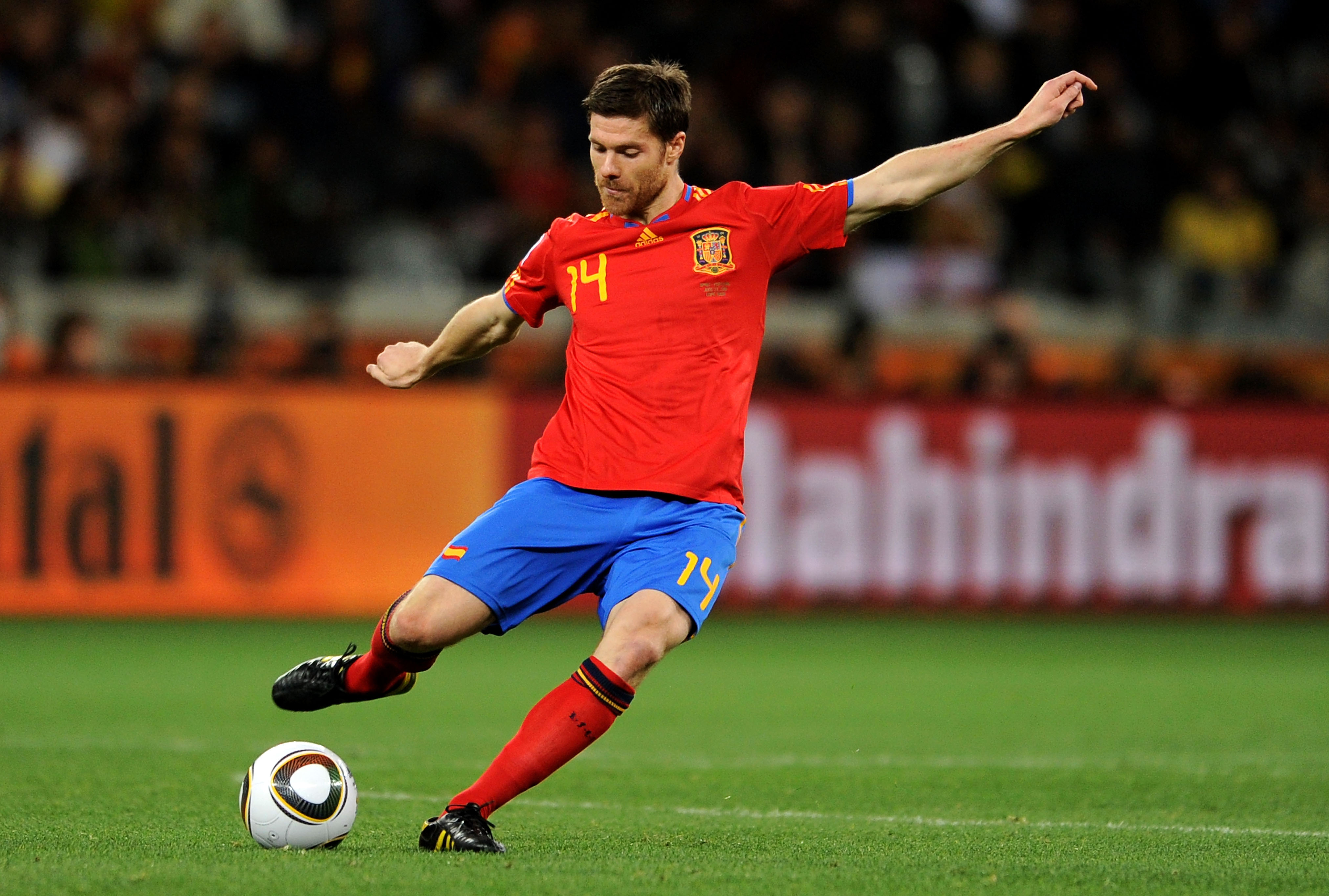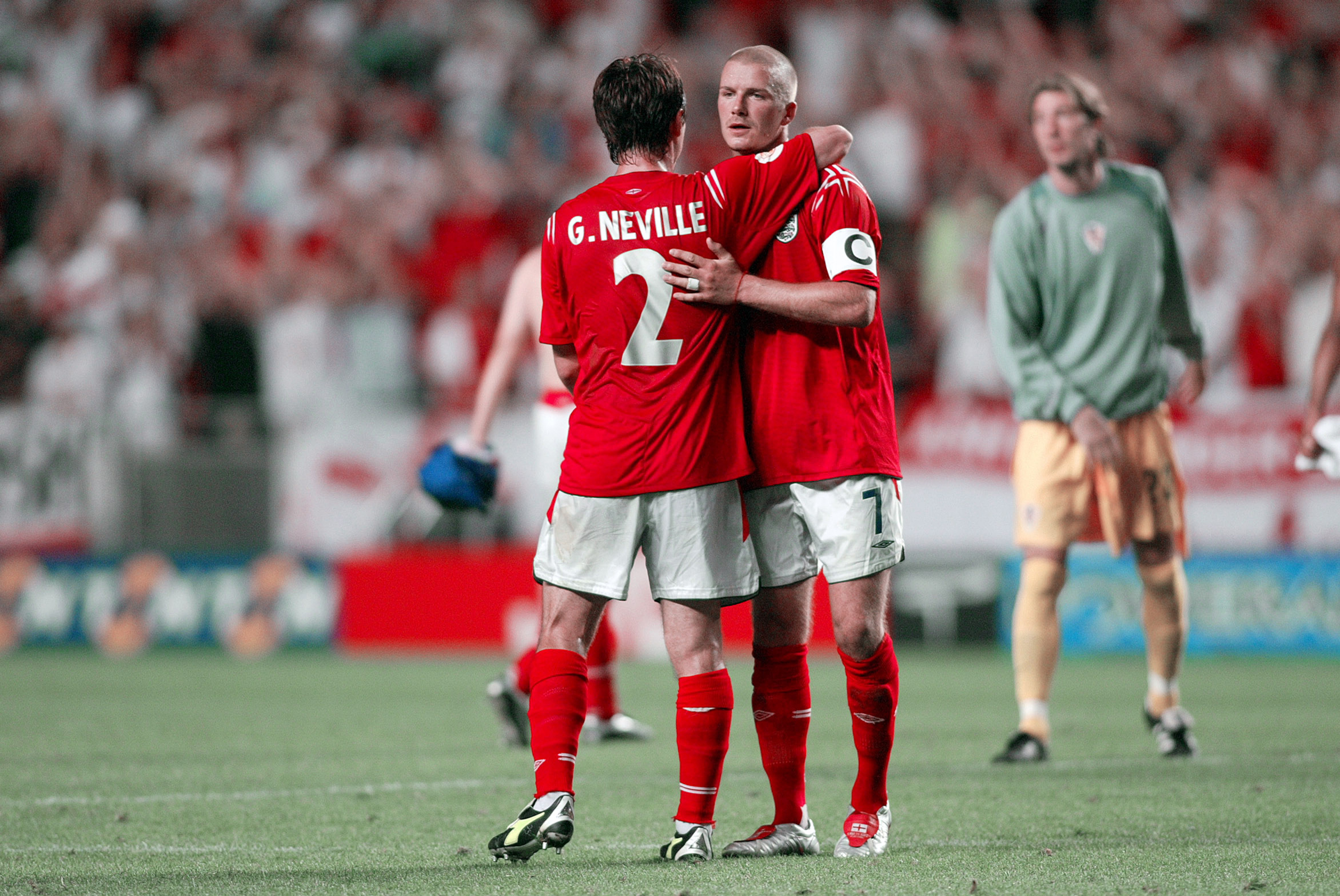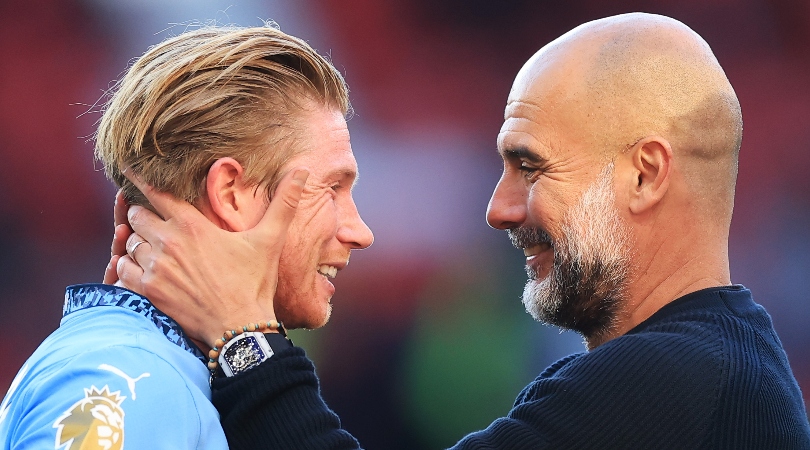The overload: football tactics explained
What is an overload? Here's your handy tactical explainer
Overload. Not just an underrated banger from the Sugababes in 2000, or an Arthur Hailey novel from 1979.
These days when most of us hear the term overload, we think football. As a tactical component, it is basic, but it is what every coach and manager wants from their team when they are on the attack.
Time for FourFourTwo's experts to explain another football term. Let’s take a look at why everyone is chasing the overload and why it has become so important.
What is an overload?
Boiled down to its raw state, if the team with the ball is outnumbering the team without the ball in one area of the pitch, that is an overload.
Teams that are able to consistently form overloads will generally be able to create a lot of goalscoring opportunities. More players equal more goals, right?
In the clip above, the orange team overloads the left wing with four players to create an goal.
But overloads aren't just formed by attackers. In addition, we can also have a defensive overload. This, as you might guess, is when there is as cluster of defensive players remaining compact and outnumbering the attackers in one area of the pitch.
Get FourFourTwo Newsletter
The best features, fun and footballing quizzes, straight to your inbox every week.
Although the classic overload tends to be though of as an overlap into the penalty area, they don’t always occur in the final attacking third. For example, one of the simple and most effective overloads in the game for a team playing with a back four, is for the two centre-back to split wide. This allows a no.6 to drop into the backline and receive the ball.
Most teams won’t aggressively press all three players, therefore the team with the ball has created a numerical superiority and can now begin to build up from defence. When you’ve got both the ball and overload, it would take a genuine mistake – i.e. a sloppy pass – to lose possession.
When should you overload? And when should you avoid it?

The pros are obvious with this one. If you can create an overload, you have almost certainly created some uncertainty in the opposition defence. Likewise, if you’ve created a defensive overload, the player on the ball can be rushed into a mistake or panicked into making the wrong decision.
To focus on attacking overloads, they often lead to chances in the final third. You can be Pep Guardiola or Sam Allardyce. Whatever your managerial philosophy, every coach that has ever existed wants chances in the final third.
You can also progress up the pitch quickly, break lines and pull out the opposition defence. So everyone wants overloads. But what should you risk to get them?
There is such a thing as underloading: legendary Milan coach Arrigo Sacchi would famously set up training with double the attackers, with the idea of preparing his defenders for the worst. But even in a game scenario, some managers underload areas in order to bait a counter-press. At Brighton, Roberto De Zerbi would build up with two centre-backs rather than three – but stagger midfielders ahead with a route to progress play out of the pressing trap… in order to have a numerical advantage further up the pitch.
If you commit to creating overloads, you need technically excellent midfielders and ball-playing defenders. Let’s go back to the example of a midfielder dropping between the centre-halves.
The midfielder doing this needs to be able to play on the half-turn and also be comfortable receiving the ball in tight spaces. This might sound simple, but doing it at the top level against top-quality opponents capable of performing a high press, it isn’t easy.
There’s a time to chase overloads. Sides will have to shift change shape to create one. That makes you vulnerable to a transition if the overload doesn’t end with a goalscoring opportunity.
Once the ball is turned over, the opposition could look to exploit their own numerical advantage. Always look for movement to create overloads. But don’t risk it by throwing the kitchen sink too early.
What are some common examples of overloads?

A common misconception is you need lots of players to create an overload, but it often simply to be a 2v1 situation that proves the most effective. And this is helped by close partnerships in your team.
Gary Neville and David Beckham were a prime example of this for Manchester United and England. It wasn’t always a case of Neville simply overlapping his best mate. The duo were experts at working closely together on the pitch, knowing when it was the right time to double up on one opposition player and keep the ball moving.
Pep Guardiola has perfected the overload, too: this can be from a false nine dropping into midfield or by an inverted full-back forming a box midfield. There are no.10s, like Bruno Fernandes, who are excellent at drifting laterally to combine with wingers, while it's the job of a box-to-box midfielder, like Declan Rice, to overload defensive and attacking areas, depending on the phase of play and which direction Arsenal are transitioning.

Jack has worked as a sports reporter full-time since 2021. He previously worked as the Chief Women’s Football Writer at the Mirror, covering the England Women’s national team and the Women’s Super League. Jack has reported on a number of major sporting events in recent years including the 2023 FIFA Women’s World Cup on the ground in Australia. When not writing on football, he can often be spotted playing the game somewhere in west London.
